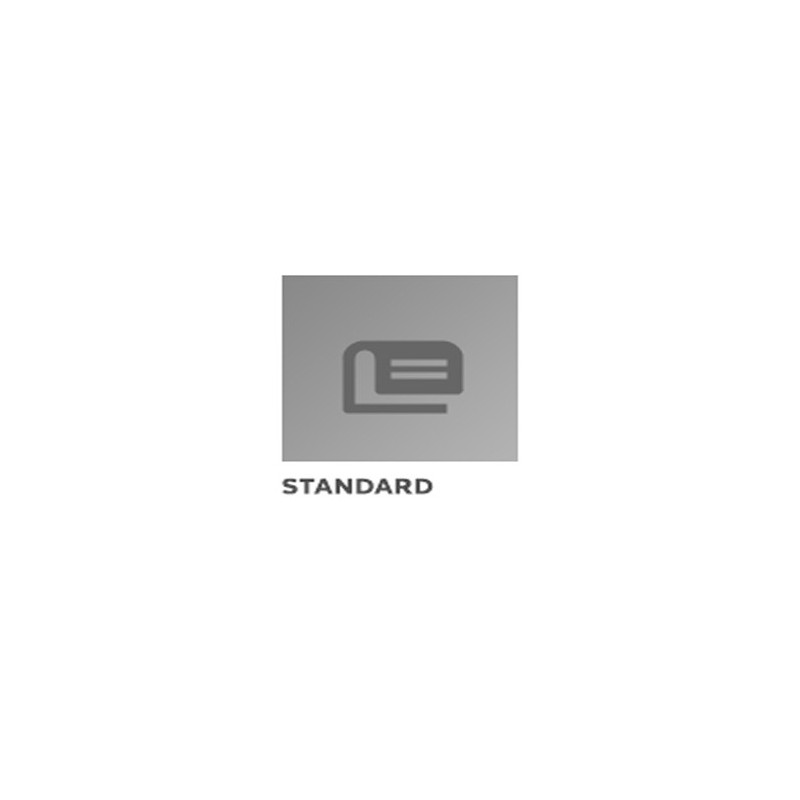Description / Abstract:
This document describes a standard method to collect and report
dielectric data for the purpose of monitoring or studying the cure
of composites.
Systems Addressed:
Only systems commercially designed for dielectric cure
monitoring are addressed.
Assumptions:
It is assumed that the purpose for recording dielectric (and
electrical) parameters is one of the following:
a. Investigation
b. Quality assurance
c. Process control
A certain degree of computerization is required.
Correlation and Data Reduction:
The methods for correlation and data reduction are quite varied
and out of the scope of this publication. The novice should refer
to Section 4 and the references listed in Section 2 as
required.
Field of Application:
The monitoring of electrical properties during cure has been
found useful for bonded joints and composite materials. Variations
of this procedure have been used to evaluate the cure on a wide
variety of products including aircraft structure, printed circuit
boards, automotive parts, and other applications where process
monitoring can lead to greater knowledge of the process, cost
savings, or product improvements.
Interpretation:
A detailed discussion of the interpretation of dielectric data
and i ts application to the monitoring and control of cure is
beyond the scope of this document. In general, a dielectrometer
makes admittance measurements of the circuit that includes the
dielectric sensor. If the geometry of the sensor is known, then the
measured permittivity and loss factor of the material can be
calculated and correlated to a change in the chemical and
mechanical properties of the resins. The papers listed in Section 2
provide readings on industry studies.


